CARING WITH FAMILY
|
| The level of affection a breed tends to display towards family members and familiar individuals can vary significantly. While breed traits can provide an overall generalization, it's crucial to remember that individual dogs may exhibit variations in their behavior and temperament. |
LOVE WITH CHILDREN
Unwise
Good With Children
|
| Some breeds are well-known for their natural affinity and gentle nature towards children. These breeds often have a reputation for being patient, tolerant, and typically have a high level of adaptability to the various behaviors and energy levels of children. They may have a lower tendency to be startled or reactive in response to children's unpredictable movements and noises. |
BEHAVIOR WITH DOGS
Unwise
Good With Other Dogs
|
| Some breeds are known for their natural tendency to get along well with other dogs. They may have a higher level of social intelligence or a genetic predisposition towards being friendly and accepting of canine companions. These breeds often exhibit good communication skills, appropriate body language and a willingness to engage in play and social interaction. |
SHEDDING LEVELS & MANAGEMENT
No Shedding
Hair Everywhere
|
| The amount of fur and hair a breed leaves behind can vary significantly. Some breeds are known for their heavy shedding, while others are considered to be low-shedding or hypoallergenic. These factors can impact the amount of grooming, cleaning, and potential allergies associated with a particular breed. |
COAT GROOMING STANDARDS
|
| The grooming demands of a breed encompass various aspects such as the frequency of bathing, brushing, trimming, and overall coat maintenance. It is essential to evaluate your time availability, patience levels and budgetary constraints when determining the grooming effort required. Keep in mind that regular nail trimming is a necessity for all breeds. |
DROOLING INTENSITY
Less Likely to Drool
Always Have a Towel
|
| When making a decision, take into account your preference for cleanliness. Certain breeds have a tendency to drool, leaving strands of saliva on your arm or causing conspicuous wet spots on your attire. If this is something you wish to avoid exploring other breed options might be prudent. |
COAT STYLES GUIDE |
| Smooth |
| COAT SPECTRUM |
| Short |
FRIENDLINESS
Reserved
Everyone Is My Best Friend
|
| The degree of acceptance a breed has towards strangers can significantly diverge. There are breeds that tend to be reserved or cautious in the presence of unfamiliar people regardless of the environment. Conversely, some breeds consistently display a welcoming demeanor and enthusiasm when encountering new humans. |
LIVELINESS
Only When You Want To Play
Non-Stop
|
| A breed's enthusiasm for play can extend well beyond puppyhood, and certain breeds display a persistent desire to engage in activities like tug-of-war or fetch even into their adult years. Conversely, there are breeds that are content with spending most of their time relaxing on the couch with you. |
VIGILANCE INTENSITY
What's Mine Is Yours
Vigilant
|
| The instinct of certain breeds is to warn their owners of the presence of strangers. These breeds are more prone to reacting to possible threats, whether it's the mailman or a squirrel outside the window. Furthermore, when strangers enter the house and are welcomed by the family these breeds are likely to show warmth and acceptance. |
ADAPTATION CAPACITY
Lives For Routine
Highly Adaptable
|
| The adaptability of a breed to handle change can encompass various aspects, such as modifications in living conditions, noise levels, weather conditions, daily schedules and other day-to-day variations. |
OBEDIENCE LEVEL
Self-Willed
Eager to Please
|
| The simplicity of teaching your dog and their eagerness to acquire new skills varies among different breeds. Certain breeds are inherently motivated to please their owners by showcasing their abilities, whereas others tend to prioritize their independence, choosing to follow their own desires without any regard for location or timing. |
STAMINA LEVEL
|
| The exercise and mental stimulation requirements can vary significantly depending on the breed. High-energy breeds are always raring to go and excited for their next adventure. They thrive on activities like running, jumping, and playing, keeping them engaged and active throughout the day. On the other hand, low-energy breeds are more like relaxed couch potatoes who are content with lounging around and enjoying a nice snooze. |
VOCALIZATION
|
| Medium |
LEARNING CURIOSITY LEVEL
Happy to Lounge
Needs a Job or Activity
|
| Providing adequate mental stimulation is crucial for keeping a breed happy and healthy, particularly for purpose-bred dogs. These dogs are often bred with specific jobs that require them to make decisions, solve problems, concentrate, and utilize other cognitive abilities. Without sufficient mental exercise, they may resort to creating their own activities to keep their minds occupied. Unfortunately, such self-created projects may not align with your preferences or be suitable for their well-being. Therefore, it is essential to engage them in activities that challenge their minds and fulfill their natural instincts in a productive and positive way. |
| COLORS |
|
Description
|
Registration Code
|
|
Apricot Dilute
|
473
|
|
Black
|
007
|
|
Blue Dilute
|
474
|
|
Lilac Dilute
|
475
|
|
Cream
|
076
|
|
Cream Dilute
|
476
|
|
Brown
|
061
|
|
Chocolate Dilute
|
477
|
|
Red
|
140
|
|
Five Point Red Dilute
|
478
|
|
Red Fawn
|
150
|
|
Fawn
|
082
|
|
Isabella Dilute
|
479
|
|
Black Sable
|
480
|
|
Cream Sable
|
348
|
|
Fawn Sable
|
338
|
|
Red Sable
|
155
|
|
Blue
|
037
|
|
White
|
199
|
|
Blue Sable
|
481
|
|
Brown Sable
|
482
|
|
| PATTERNS |
|
Description
|
Registration Code
|
|
Mask
|
128
|
|
Brindle
|
051
|
|
Spotted On White
|
071
|
|
Pointed
|
130
|
|
Sable
|
026
|
|
White Markings
|
014
|
|
Saddle Pattern
|
131
|
|







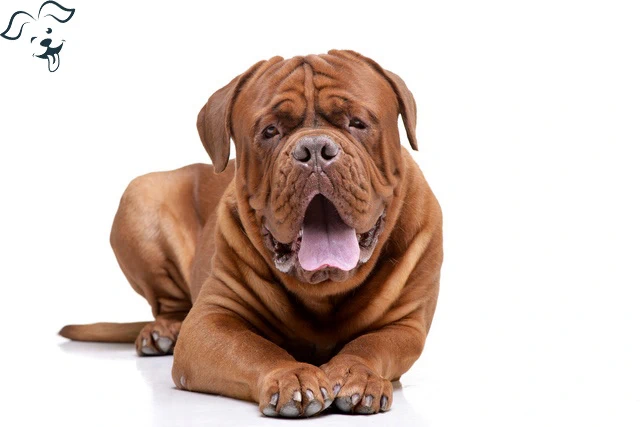
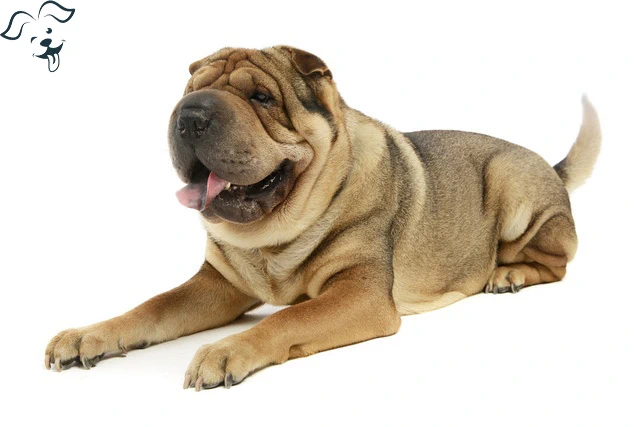
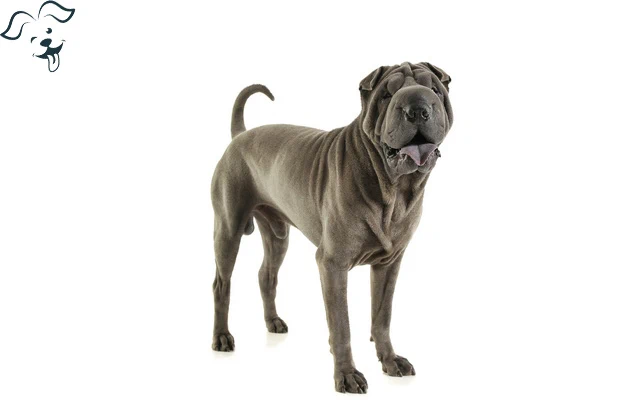





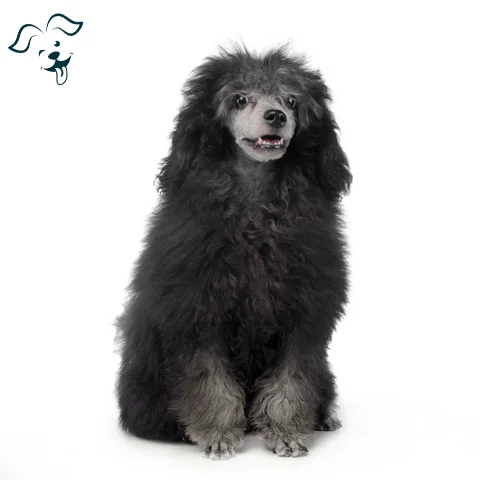


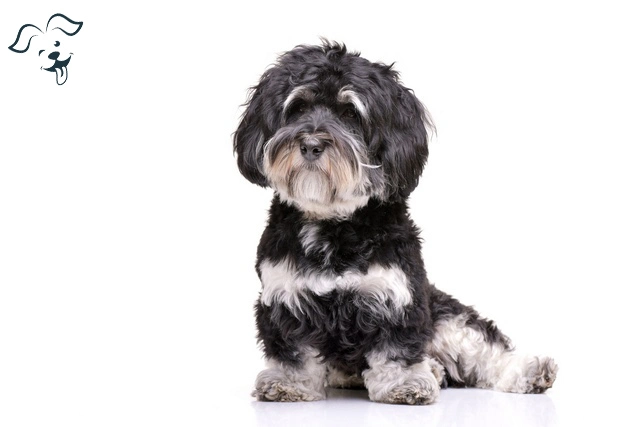
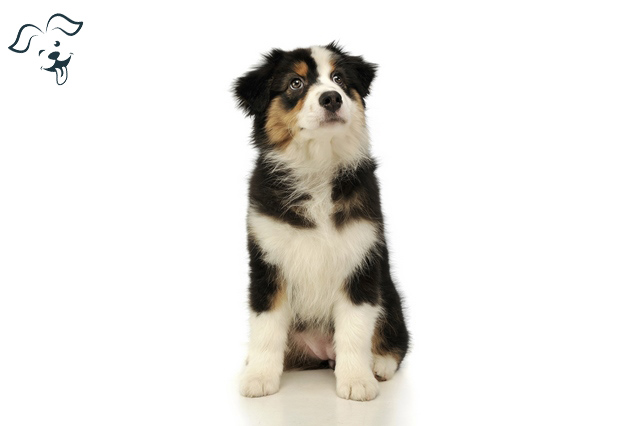

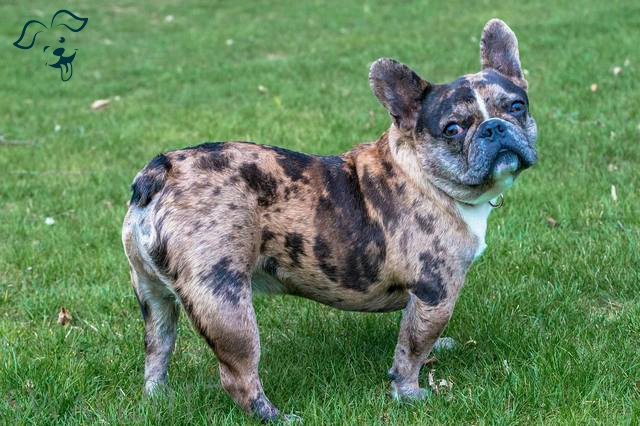
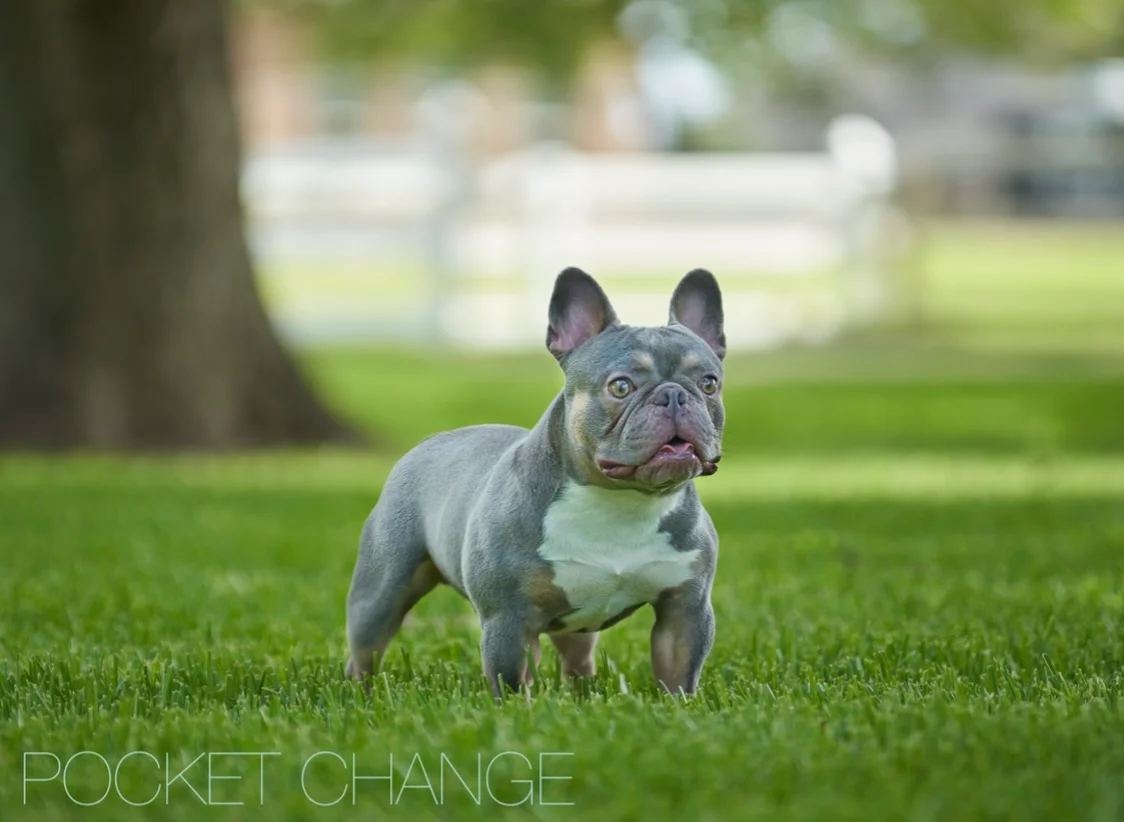
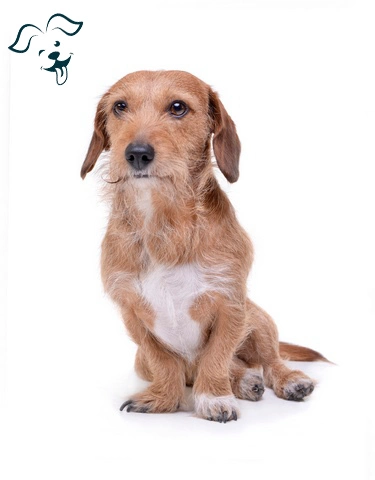




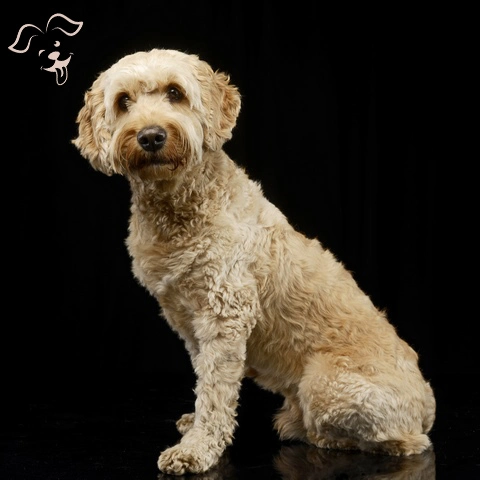
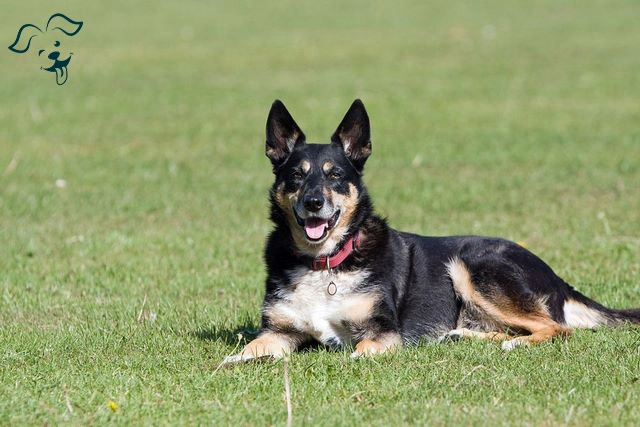
FRIENDLINESS
LIVELINESS
VIGILANCE INTENSITY
ADAPTATION CAPACITY